#Auroras
Explore tagged Tumblr posts
Text
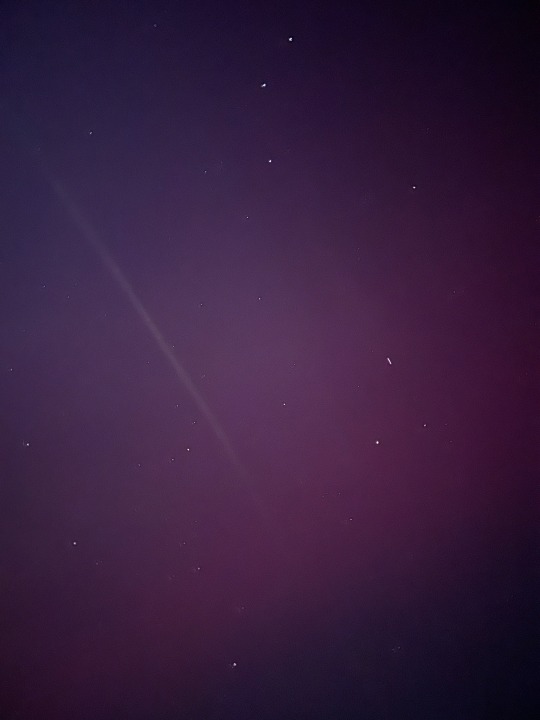
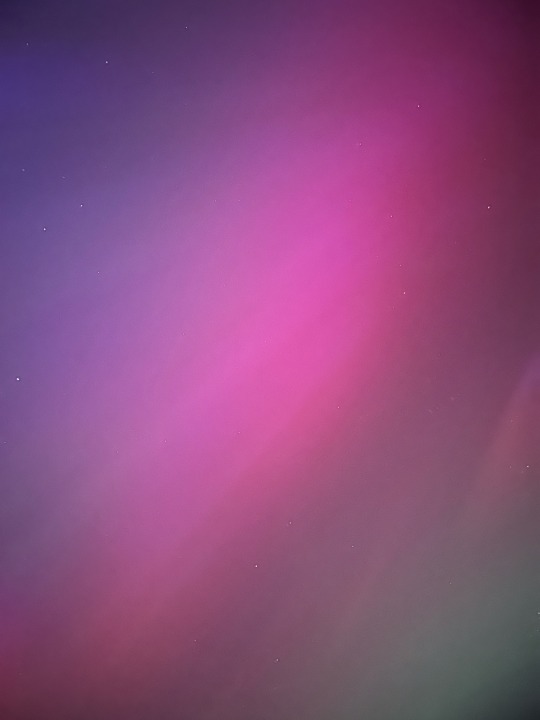

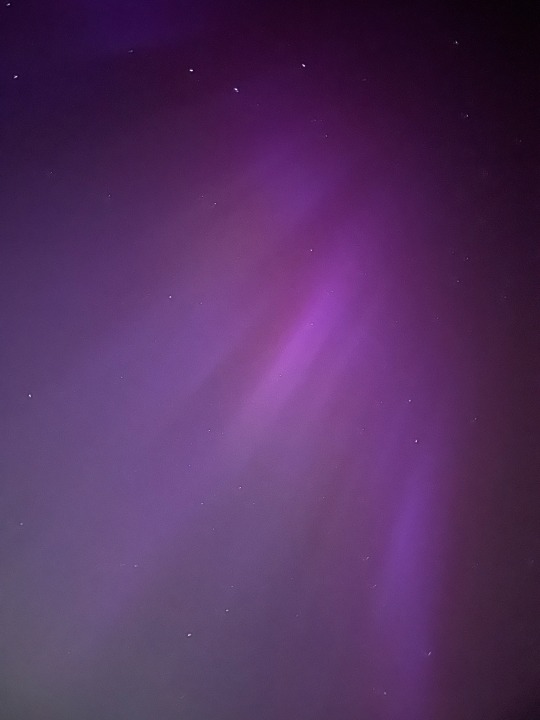
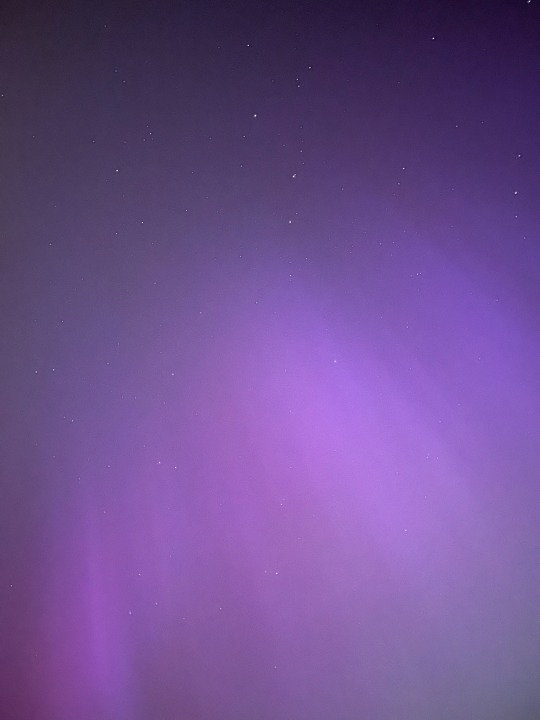
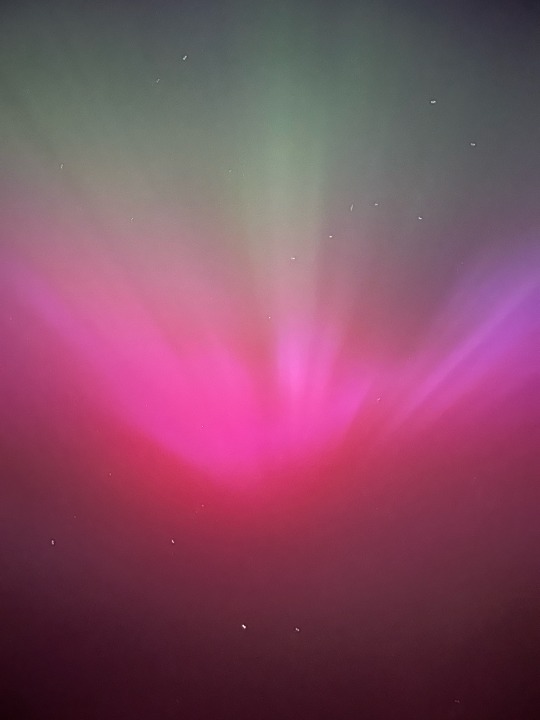
Auroras in England, 10 May 2024
#I can't believe I saw the northern lights at home#northern lights#xx#auroras#Aurora#aurora borealis
11K notes
·
View notes
Text
" Northern Lights " // © Yelyzaveta Dmitrieva
#Norway#nature#landscape#Winter#Snow#Auroras#Borealis#Northern Lights#Forest#Trees#Frozen#Pond#Lake#reels#photography#aesthetics#wanderlust#explore#follow#discover
2K notes
·
View notes
Text

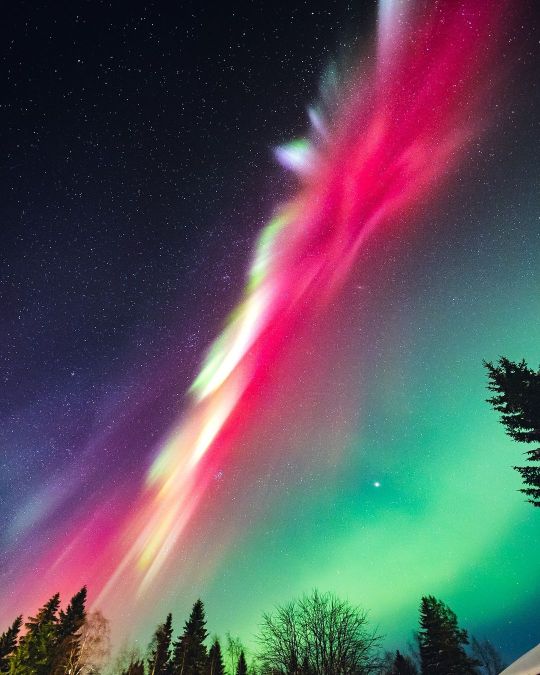
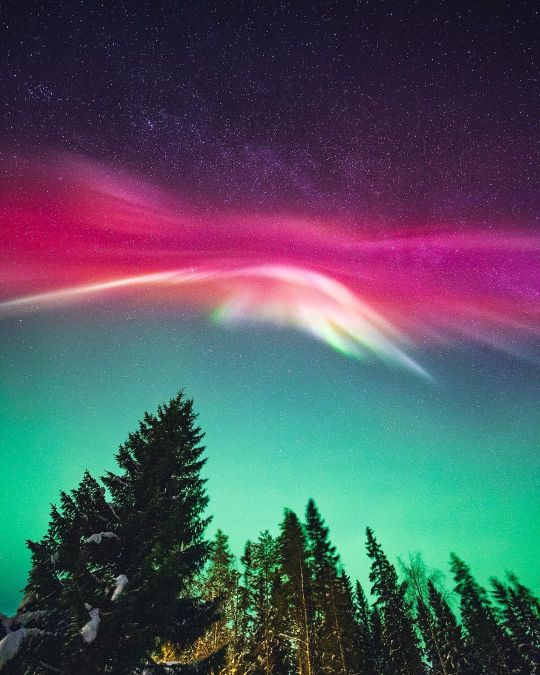
Aurora & Milky Way
matalalta
11K notes
·
View notes
Text

Aurora Borealis by Frederic Edwin Church
#frederic edwin church#art#aurora borealis#northern lights#aurora#auroras#arctic#landscape#ship#sky#isaac israel hayes#polar explorers#polar explorer#polar exploration#ss united states#lights#ice#frozen#arctic exploration#arctic explorer#american#north america#america
1K notes
·
View notes
Text

linktr.ee/ada_armand
#photographers on tumblr#original photographers#original photography#photography#tumblr photo blog#polar lights#auroras#aurora#aurora polaris#nothern lights#stars#astronomy#astrophotography#astrology#nature#nature photography#naturecore#sky#sky photography#blue sky#skyscape#sky aesthetic#aesthetic
251 notes
·
View notes
Text




ryansouthwell on ig
#stim#aurora borealis#night skies#nature#sfw#green#black#blue#teal#skies#northern lights#auroras#space#stars#ishy gifs#postish
148 notes
·
View notes
Text
A severe solar storm sparked by an intense flare from the sun could reach "extreme" levels as it bombards Earth, officials with the U.S. National Oceanic and Atmospheric Administration (NOAA) warned on Thursday (Oct. 10). Scientists with NOAA's Space Weather Prediction Group (SWPC) said that a cloud of charged solar material, called a coronal mass ejection, slammed into Earth around midday, triggering a "severe" geomagnetic storm that could impact power grids and GPS and radio communications systems, as well as amplify aurora displays in regions that typically don't see them.
Continue Reading.
#Science#Space#Astronomy#Sol#Solar Storm#Solar Flares#Northern Lights#Auroras#NOAA#National Oceanic and Atmospheric Administration
134 notes
·
View notes
Text
auroras over washington state, taken by me on 5/10/24







the last photograph is my favorite, you can see arcturus (the bright star on the left) and the big dipper (right) as well as the stunning northern lights.
#aspaceinthecosmos#space#astronomy#outer space#just jupiter#astrophotography#northern lights#auroras#aurora
245 notes
·
View notes
Text
NASA Astronaut Captures Stunning View of Auroras from International Space Station
#aurora#nature#NASA#space#Earth#science#aesthetic#physics#astronomy#sky#planets#outer space#auroras#astrophotography#photography#space photography#landscape#landscapes#surreal#environment#trippy#cosmos#universe#night#beauty-funny-trippy#documentary#night sky#aurora borealis#northern lights#astronaut
120 notes
·
View notes
Text


While we didn't get the light show that happened east of me, the sky in the north (1st pic) was definitely more pink and green than the sky to the west (2nd pic) to my camera last night. I still hope to be able to see auroras visible to the naked eye someday, particularly the ribbony kind instead of the haze of pink kind, but I'll take this for now.
77 notes
·
View notes
Text
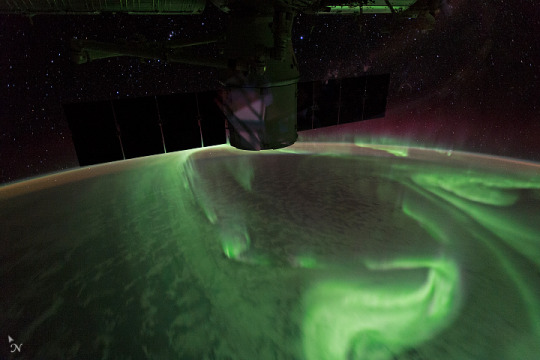
An astronaut took this photograph of the Aurora Australis in August 2017. At the time, the International Space Station was moving over the southern Indian Ocean towards the Great Australian Bight and Melbourne, Australia.
#aurora#auroras#aurora australis#southern lights#stars#solar wind#solar winds#earth#space#orbit#magnetosphere#atmosphere#atmospheric phenomena#nasa#science#international space station#indian ocean#great australia bight#melbourne#australia#2017#2010s
188 notes
·
View notes
Text

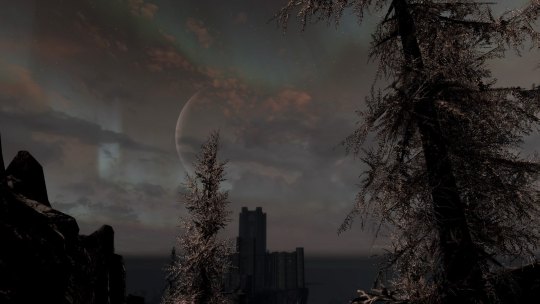

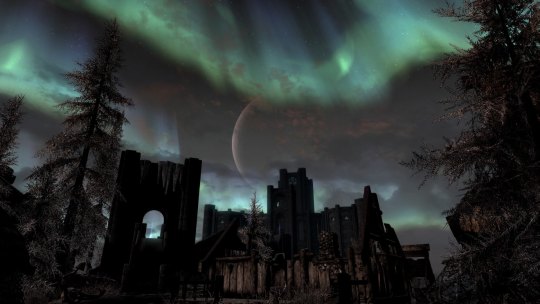

𝔸 𝕊𝕝𝕠𝕨 𝔼𝕞𝕖𝕣𝕘𝕖𝕟𝕔𝕖
a Skyrim journey, 83/?
#Senu's Skyrim Collection#Skyrim#TES#Elder Scrolls#The Elder Scrolls V: Skyrim#PS4#unedited#screenshots#Secunda#Winterhold#The College of Winterhold#auroras#night#clouds#trees
200 notes
·
View notes
Text


" Another Poser " // © Susanna
#Finland#nature#landscape#Auroras#Borealis#Winter#Snow#Wildlife#Raines#Clouds#Mountain#photography#aesthetics#wanderlust#explore#follow#discover
461 notes
·
View notes
Text

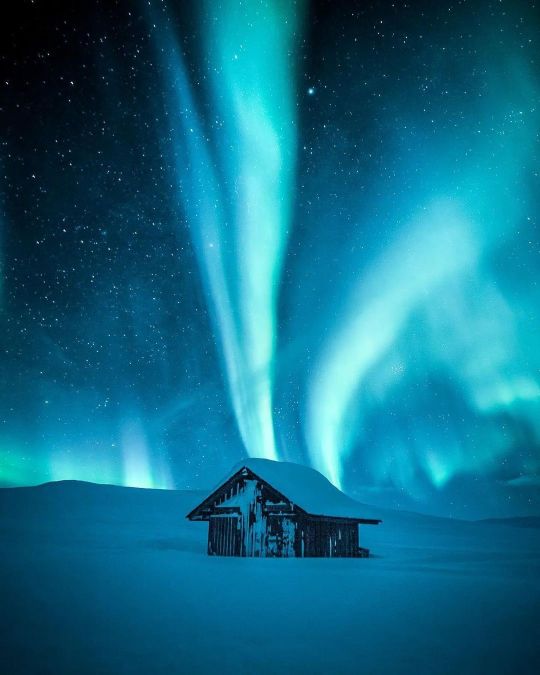
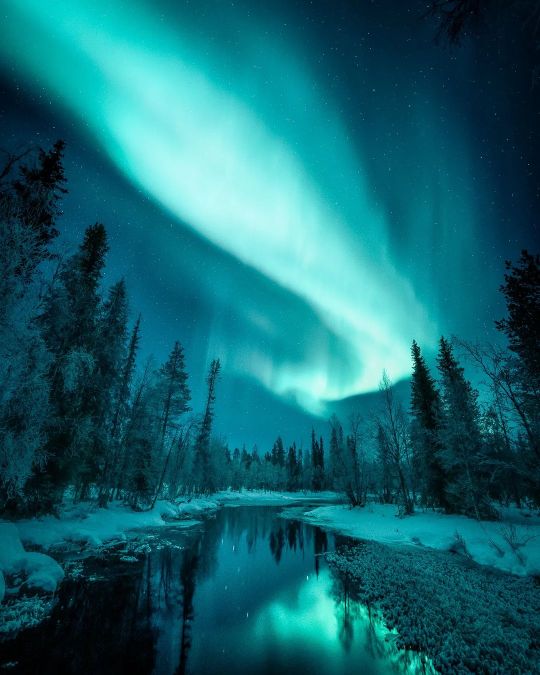
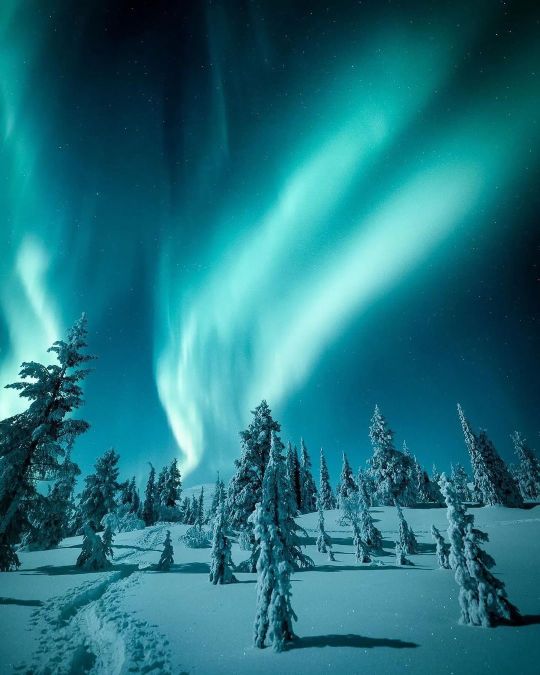

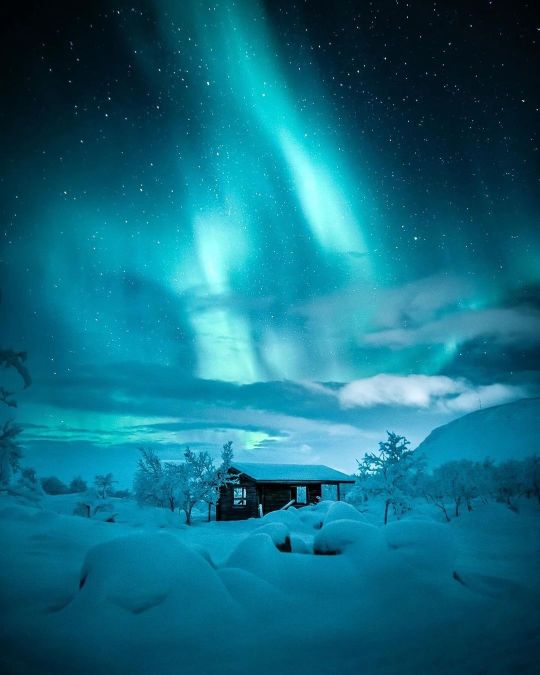
@imikegraphics
5K notes
·
View notes
Text
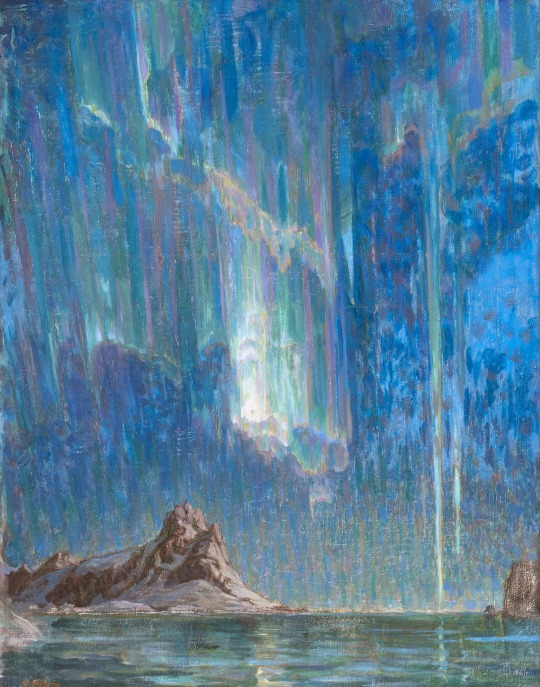
Northern Lights by Anna Boberg
#northern lights#norway#art#anna boberg#scandinavia#nordic#northern europe#arctic#aurora borealis#aurora#scandinavian#europe#european#nature#auroras
749 notes
·
View notes